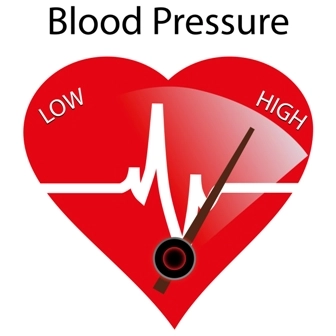EM Coding Alert
Review the Changes to Your Most Common Diagnoses
Hopefully your practice is starting to see payment on claims you’ve submitted using ICD-10 codes. If you’re seeing some denials on those claims, you should take a deeper review of your practice’s most commonly billed diagnoses and ensure your providers are up to speed on the documentation you’ll need to select the right ICD-10 code.
CMS provides a good resource on its “Road to 10” website (www.roadto10.org) that illustrates some of the most commonly used codes and their ICD-10 changes by specialty. Here is just a sampling of the most-used codes in family practice that will experience significant changes in ICD-10:
1. Hypertension: In ICD-10, the concept of “benign or malignant” relating to hypertension no longer exists, and hypertension is defined as essential (primary), according to CMS. When documenting hypertension, you will need to include: 1) type (e.g., essential, secondary, etc.) and 2) causal relationship (e.g., renal, pulmonary, etc.). You will also need to document tobacco use or exposure.
2. Asthma: ICD-10 has updated the terminology used to describe asthma to reflect the current clinical classification system, CMS says. When documenting asthma, you must include:
A. Cause — Exercise induced, cough variant, smoking-related, chemical or particulate cause, or occupational.
B. Severity — For persistent asthma patients, choose one of the following:
-
Mild persistent
-
Moderate persistent
-
Severe persistent
C. Temporal factors — Acute, chronic, intermittent, persistent, status asthmaticus, or acute exacerbation.
3. Underdosing: This is a new concept and term in ICD-10, allowing you to identify when a patient is taking less of a medication than prescribed, CMS says. When documenting underdosing, you must include:
-
Intentional, Unintentional, Noncompliance — Is the underdosing deliberate (e.g., patient refusal)?
-
Reason — Why is the patient not taking the medication (e.g., financial hardship, age-related debility)?
4. Diabetes: Coding for diabetes mellitus has more specificity, with a combination of ICD-10 codes that include the type of diabetes mellitus, the body system affected, and the complications affecting that body system, according to CMS. ICD-10 no longer uses the concept of “secondary diabetes mellitus,” but instead provides specific secondary options.
When documenting diabetes mellitus, include:
-
Type — e.g., Type 1 or Type 2 disease, drug or chemical induced, due to underlying condition, gestational, etc.
-
Complications — What (if any) other body systems are affected by the diabetes condition (e.g., foot ulcer related to diabetes mellitus)?
-
Treatment — Is the patient on insulin?
In ICD-10, the concepts of “hypoglycemia” and “hyperglycemia” have changed. You can now document and code these conditions without using “diabetes mellitus” and specify if the condition is due to a procedure or other cause, CMS notes.
5. Injuries: When it comes to increased specificity under ICD-10, the new coding for injuries takes the cake. While ICD-9 used separate “E codes” to record external causes of injury, ICD-10 more thoroughly incorporates these codes and expands sections on poisonings and toxins, CMS notes. When documenting injuries, you should include:
-
Episode of care — e.g., Initial, subsequent, sequelae.
-
Injury site — Be as specific as possible.
-
Etiology — How was the injury sustained (e.g., sports, motor vehicle crash, pedestrian, slip and fall, environmental exposure, etc.)?
-
Place of occurrence — e.g., School, work, etc.
-
For initial encounters, you may also need to include (where appropriate):
-
Intent — e.g., Unintentional or accidental, self-harm, etc.
- Status — e.g., Civilian, military, etc.
Related Articles
EM Coding Alert
- ICD-10:
Check 5 Key Diagnosis Code Changes To Perfect Your ICD-10 Claims
Hint: Skip the V codes. Oct. 1, 2015 has come and gone, and you have [...] - ICD-10 Spotlight:
Primary Care: Pinpoint Infectious vs. Noninfectious Gastroenteritis
The tests ordered can help guide you in the right direction. When your provider documents [...] - ICD-10:
Revisit the ICD-10 Manual to Make Your Job Easier
Just because the book is thicker, doesn’t mean it is harder to use. Flipping through [...] - ICD-10:
Review the Changes to Your Most Common Diagnoses
Make sure your provider’s documentation will lead you to the right code. Hopefully your practice [...] - Reader Question:
Don't Count CMS Software a Pass
Question: I have heard that Medicare has created free billing software that will let us get [...] - Reader Question:
Avoid ICD-9 and ICD-10 on 1 CMS-1500 Form
Question: Our physician admitted a patient in September and didn’t discharge her until October. Because of [...] - Reader Question:
Not Enough Documentation? Turn to 'Unspecified'
Question: If I find that a common ICD-9 code that I use doesn’t have a direct [...] - You Be the Coder:
Coding 'Rule Out' Diagnoses
Question: My ED physician saw a patient for anterior wall chest pain. After he checked him [...]




